Texas-born multidisciplinary artist Rachel Lee Hovnanian (Parkersburg, 1959) boldly explores the most pressing and often uncomfortable issues of contemporary life: from digital addiction to obsession with aesthetic perfection. His sculpture Poor Teddy in Repose-a teddy bear pierced through the heart by a knife-has recently ignited an intense debate, with public opinion divided between admiration and dismay. His installations do not ask for simple answers, but want to invite the public to an authentic confrontation with the tensions of our time. Hovnanian’s practice, who considers herself a conceptual artist, ranges from sculpture to installation, painting to performance. He received his bachelor of arts degree from the University of Texas at Austin and pursued postgraduate studies at Parsons School of Design in New York. Her work has been exhibited internationally in the United States, Europe, Asia, and the Middle East, including at the 59th Venice Biennale in 2022 (her intervention Angels Listening was part of the official program of collateral events), the Church and Cloister of Sant’Agostino in Pietrasanta, and the Ann Norton Museum in West Palm Beach. Born in Parkersburg, West Virginia, and raised in Houston, she currently divides her time between Miami, New York and Italy. We spoke with her to get her insight into her art. The interview is by Noemi Capoccia.
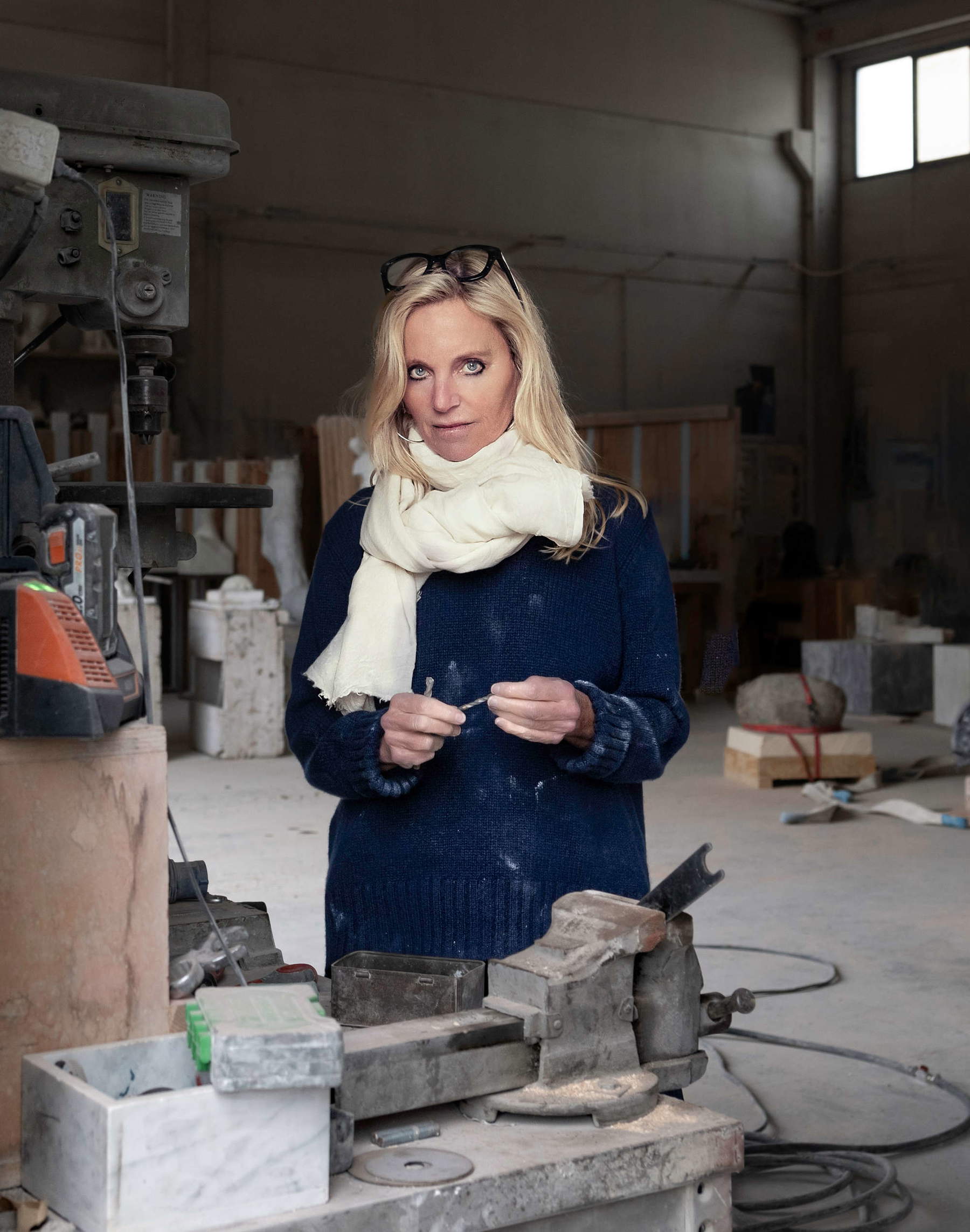
NC. Let’s start with the Poor Teddy in Repose sculpture, curated by Annalisa Bugliani, depicting a teddy bear pierced through the heart by a knife, and which has raised a lot of discussion in recent weeks: it was initially placed in Piazza del Duomo in Pietrasanta and was later moved to the Versilia exit of the A12 (Genoa - Livorno) highway. It has elicited mixed reactions from the public: some appreciate its symbolic value, while others consider it excessive or out of place. How do you respond to the critics who label your work as disturbing and inappropriate for the tourist context of Versilia?
I create art not to judge or explain; but to engage with universal issues of our time. In the case of Poor Teddy in Repose I explore the disconnection caused by our reliance on technology, particularly as it pertains to children. It is my hope that critics will pause in their discomfort to contemplate and discuss the deeper meaning. Ultimately, I believe public art should challenge as much as it inspires, and I am grateful for the support I have received in Pietrasanta and beyond.
What kind of relationship were you aiming to establish between art and society with such a powerful and provocative piece like Poor Teddy in Repose?
My role as an artist is to spark thought, not to provide all the answers. Poor Teddy in Repose is a sounding bell for our society; a reminder of our humanity and the importance of cultivating imagination and empathy in ourselves and the next generation. What do we miss when we give our children devices instead of toys? What are we giving up with the convenience of screens?
Your work often addresses themes such as addiction and social stigma. How do you manage to make these complex topics accessible and engaging for a broader audience?
In my work, I see the viewer as an active participant rather than a passive bystander. Interaction is integral to my art and for this reason continues to welcome and connect people from around the world. In Angels Listening which debuted at the Venice Biennale in 2022, visitors were invited to share something they couldn’t say or didn’t say in an anonymous, confessional exhibition. This experience bridged divides and highlighted our shared struggles. I am always thinking about what connects us in our humanity.
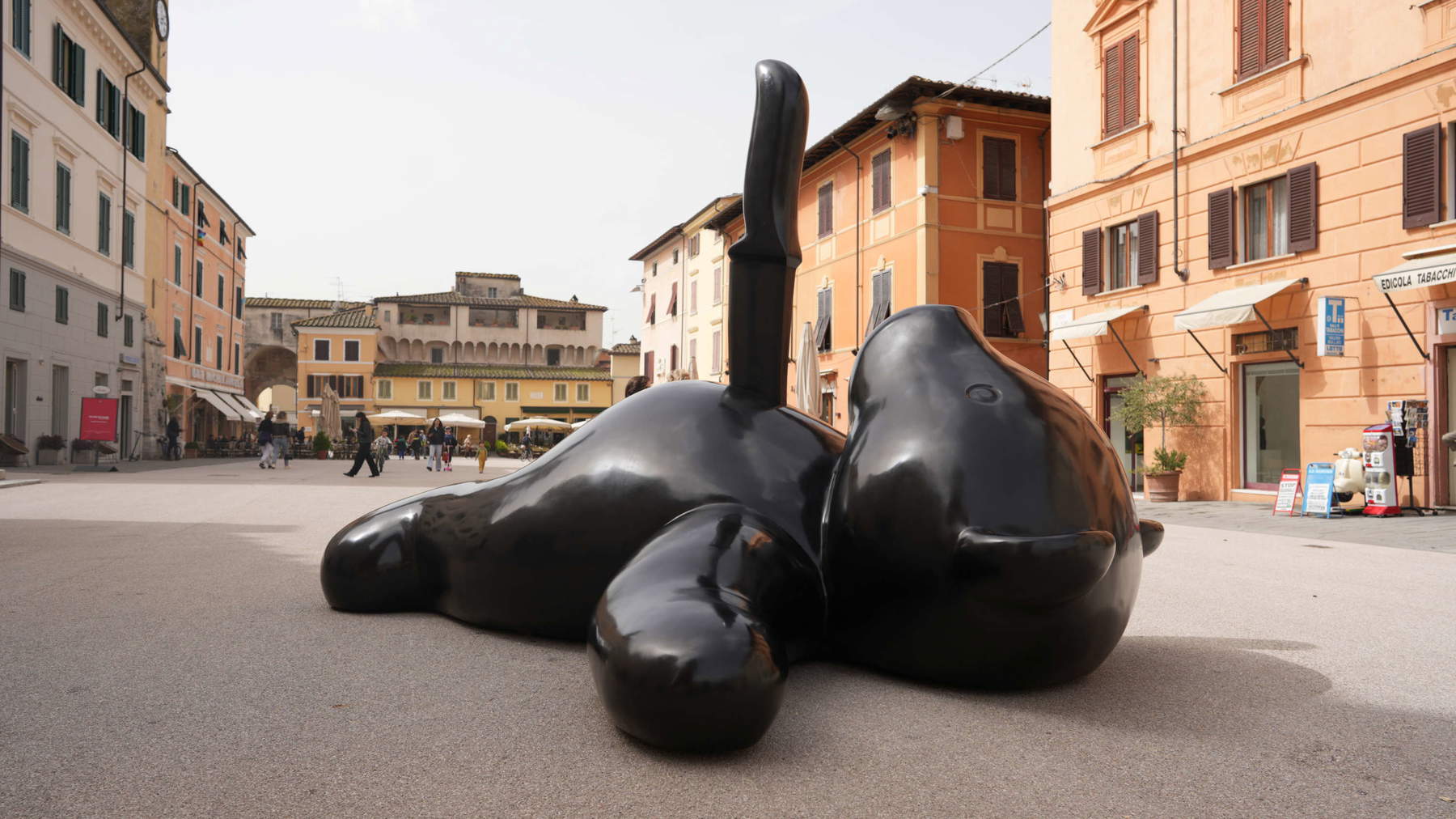
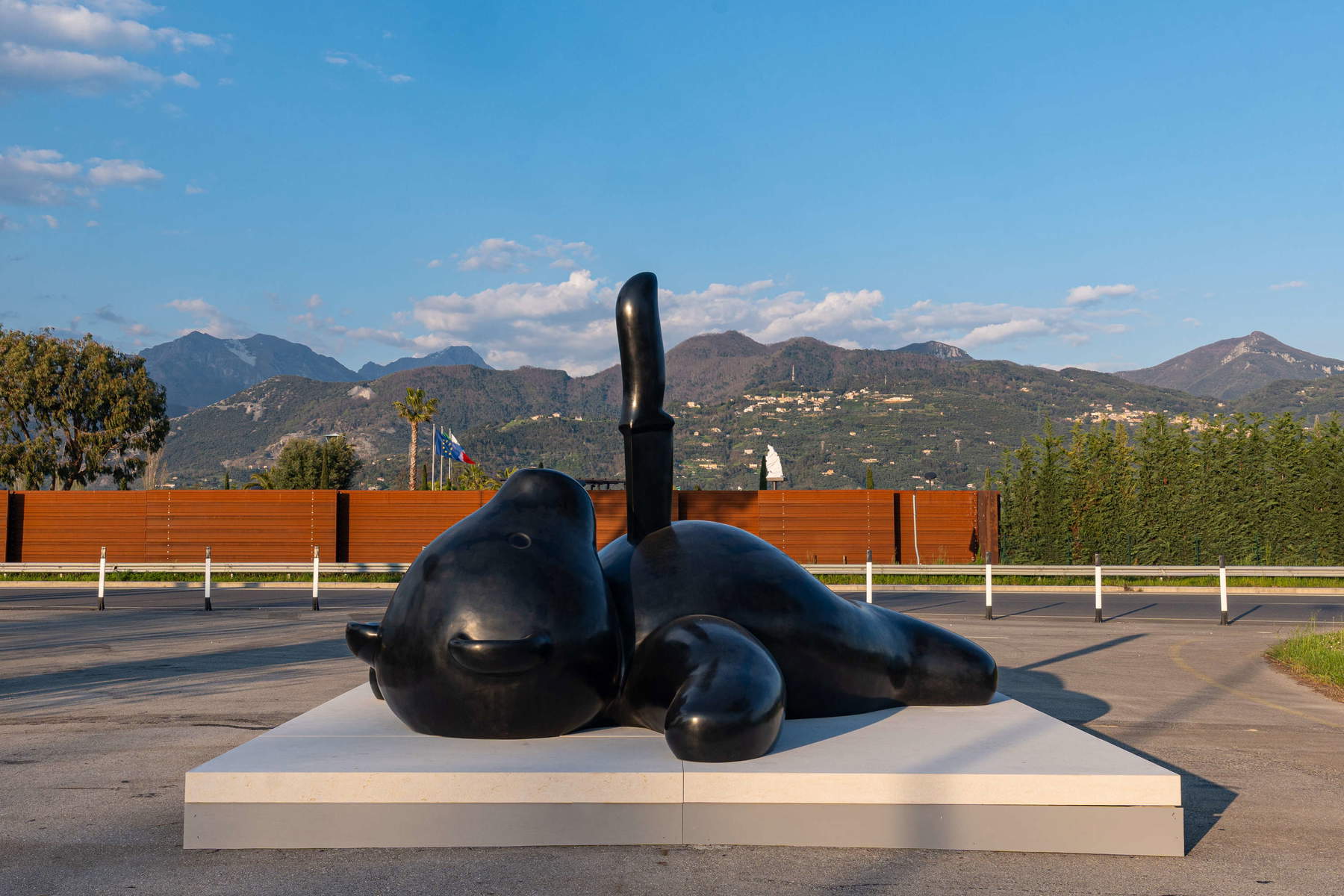
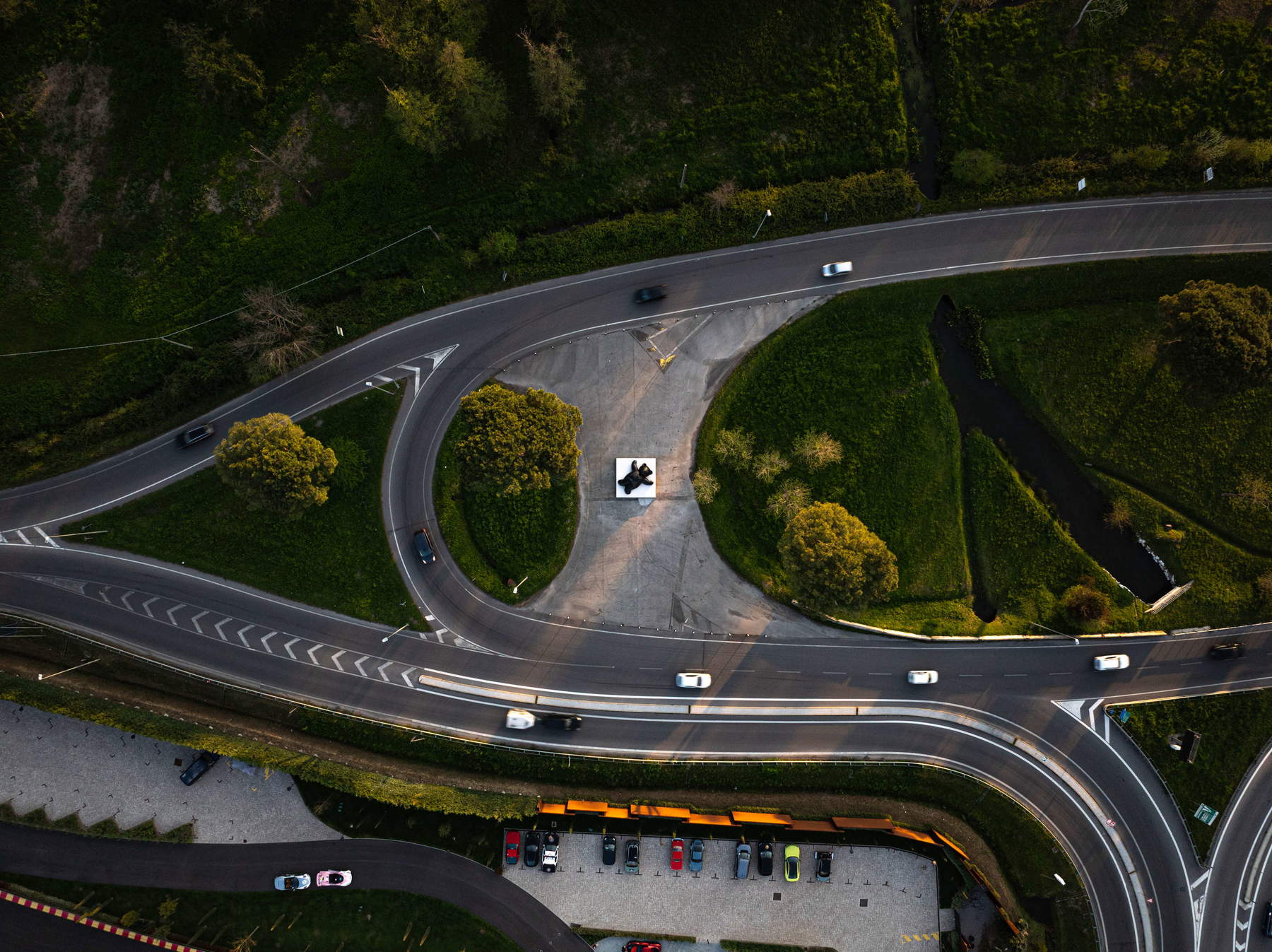
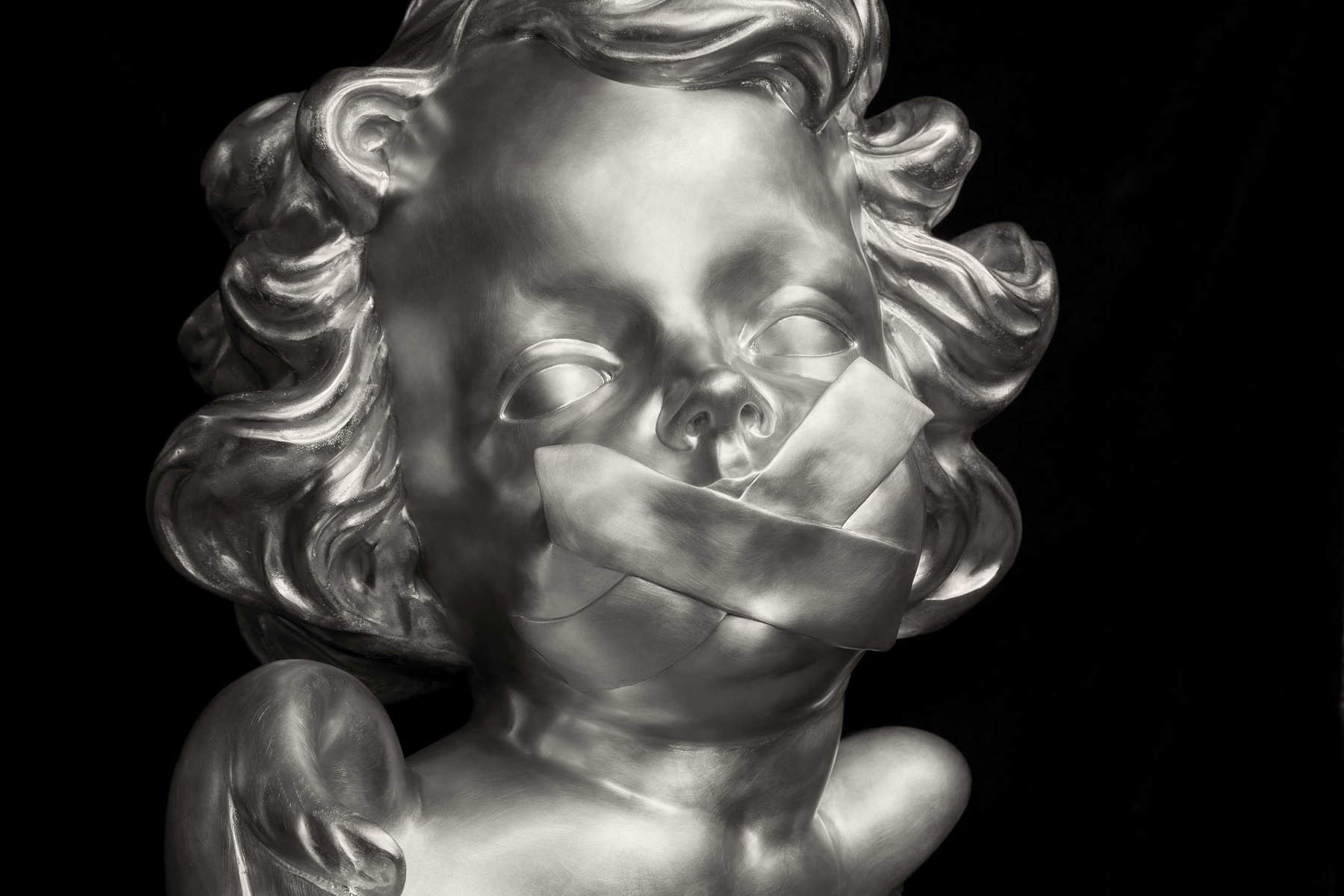
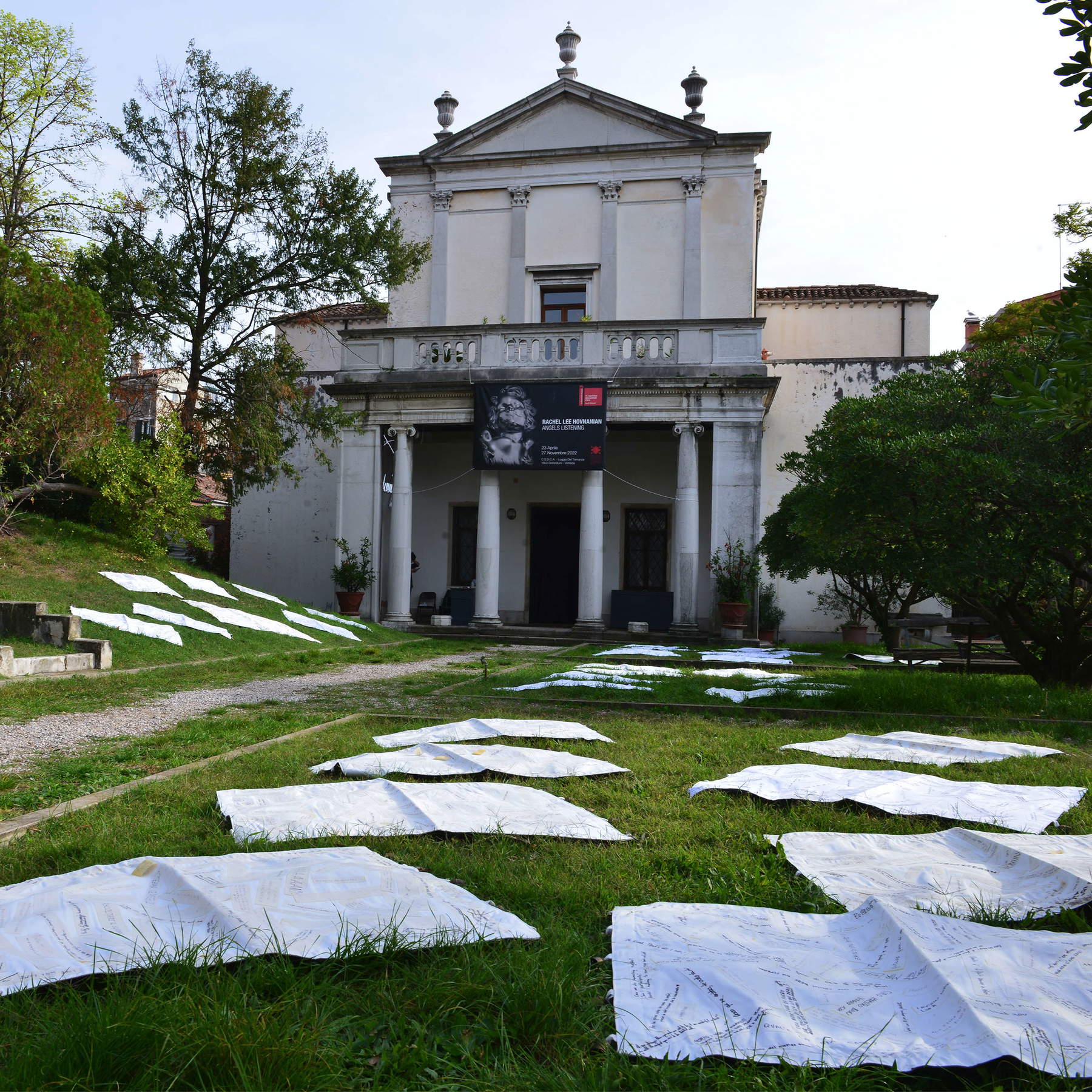
How would you define the relationship between art and activism in your practice, especially in works that deal with social issues like justice and identity?
Rather than demand immediate action, the power of my practice lies in moving people emotionally. The ideas and issues explored in my work prompt people to think; I am not always asking for direct change. My art is not intended to moralize or critique but rather build awareness and in doing so, has the power to inspire lasting change and big picture transformation on a personal and societal level.
In what ways do your installations attempt to transform contemporary alienation into a shared, collective awakening through art?
As a multi-disciplinary artist, I observe life very closely, seeing and feeling things others might miss. This way of seeing becomes a mission for me. I work with familiar forms - an angel, flowers, or a woman, for example - drawing viewers in with beauty to reveal layers of meaning. Last year, I presented a series of paintings and mixed-media works called Beyond the Hedges, which explored the facade of perfectionism and the isolation created by social divides. The pool water, garden hedges, and cloudless skies in these works suggest serenity, while the expressions of the figures hint at disconnection. The debut of this exhibition at County Gallery in Palm Beach prompted a dialogue about the themes explored in my work which lasted well beyond the opening. This sustained reflection and conversation is ultimately what I hope people will come away with.
Let’s talk about angels and spirituality. In Angels Listening, the angels have their mouths sealed with tape, rendering them silent but forcing them to listen. What message are you aiming to convey about silence and censorship in today’s society?
In Angels Listening, the taped mouths represent how silence is often something we internalize, rather than something forced on us. People hold back their emotions, needs, or identities for many reasons - whether to protect themselves, avoid conflict, or because they feel invisible. I explore the tension between what we’re allowed to say, what we keep inside, and what we’re expected to endure. Angel’s Listening reflects on the power of deep listening. It is a meditative space where hundreds of silenced voices become a shared chorus of confessions, revealing the freedom that can be found through catharsis.
The human body, often partially hidden or fragmented, is a recurring element in your work. How do you interpret the body as a vehicle for meaning in your artistic language?
Growing up in Houston, Texas, I observed the competitive nature of pageant culture which celebrates the peak of traditional femininity. From this place, I created works such as The Power and Burden of Beauty and Body Armor which explore the ritualization of beauty ideals. I see the body and more specifically the female form as a vessel of identity, memory, vulnerability and strength. In my practice, it is a powerful symbol of our shared experiences and challenges as women, beyond the visible surface.
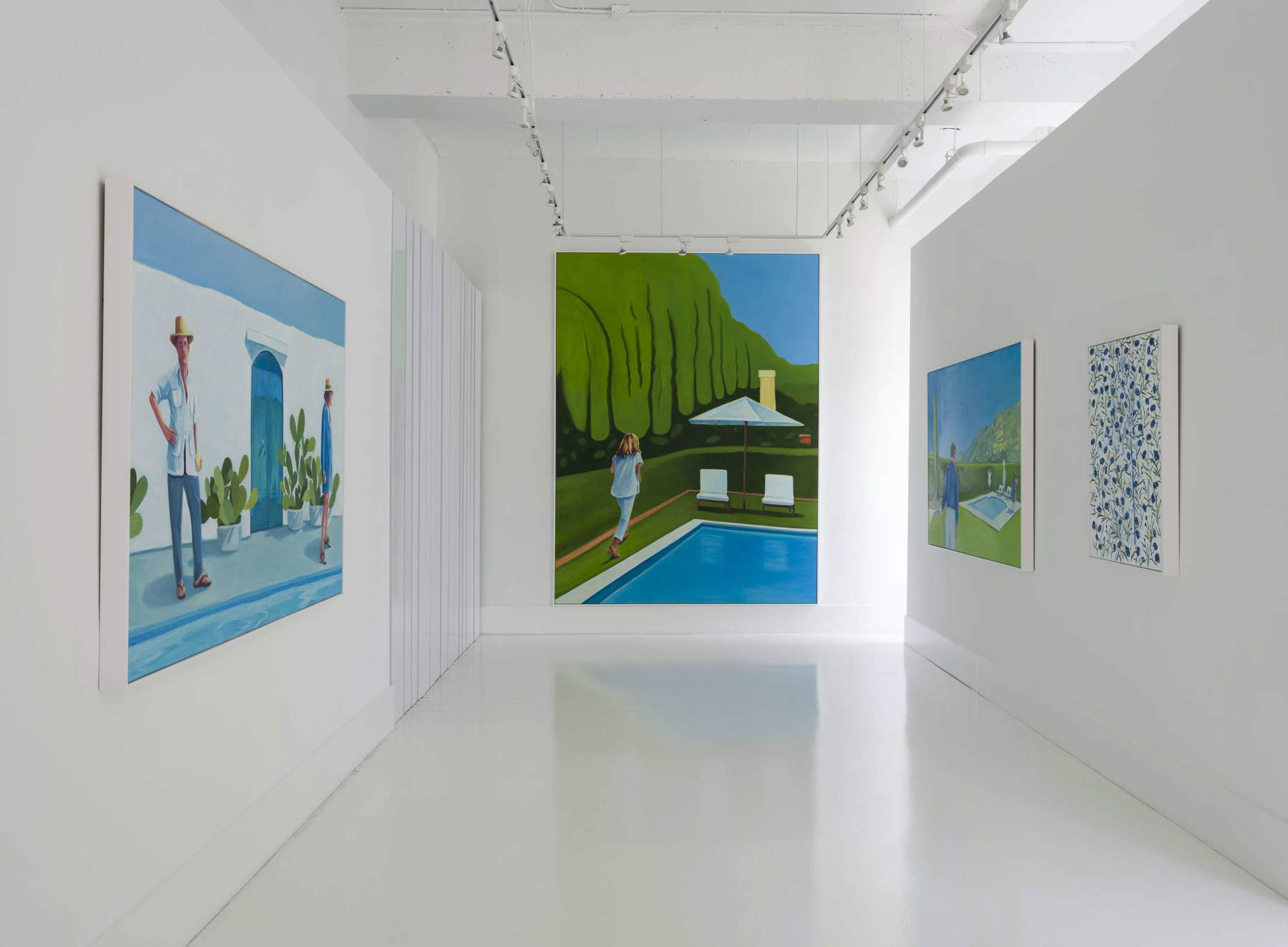
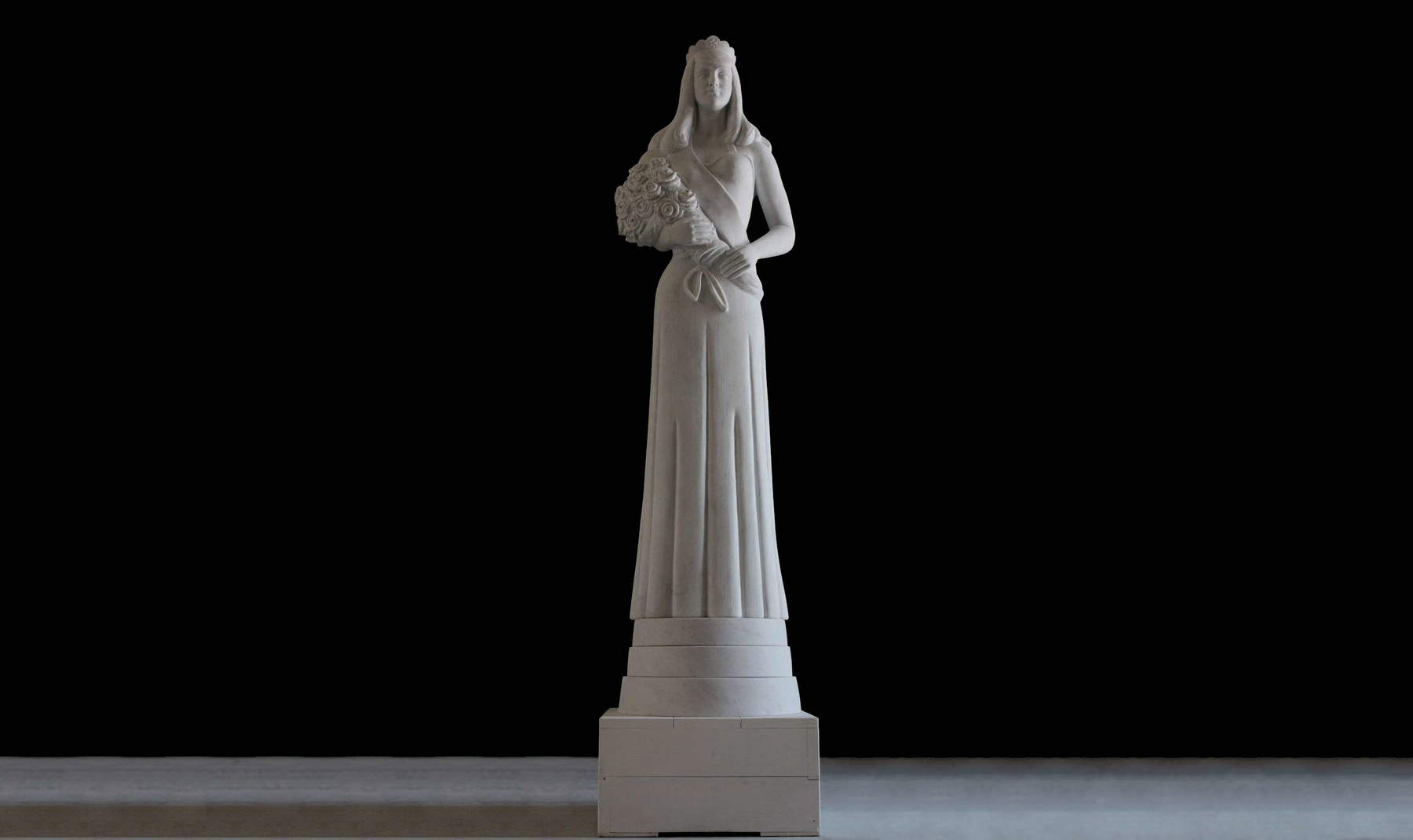
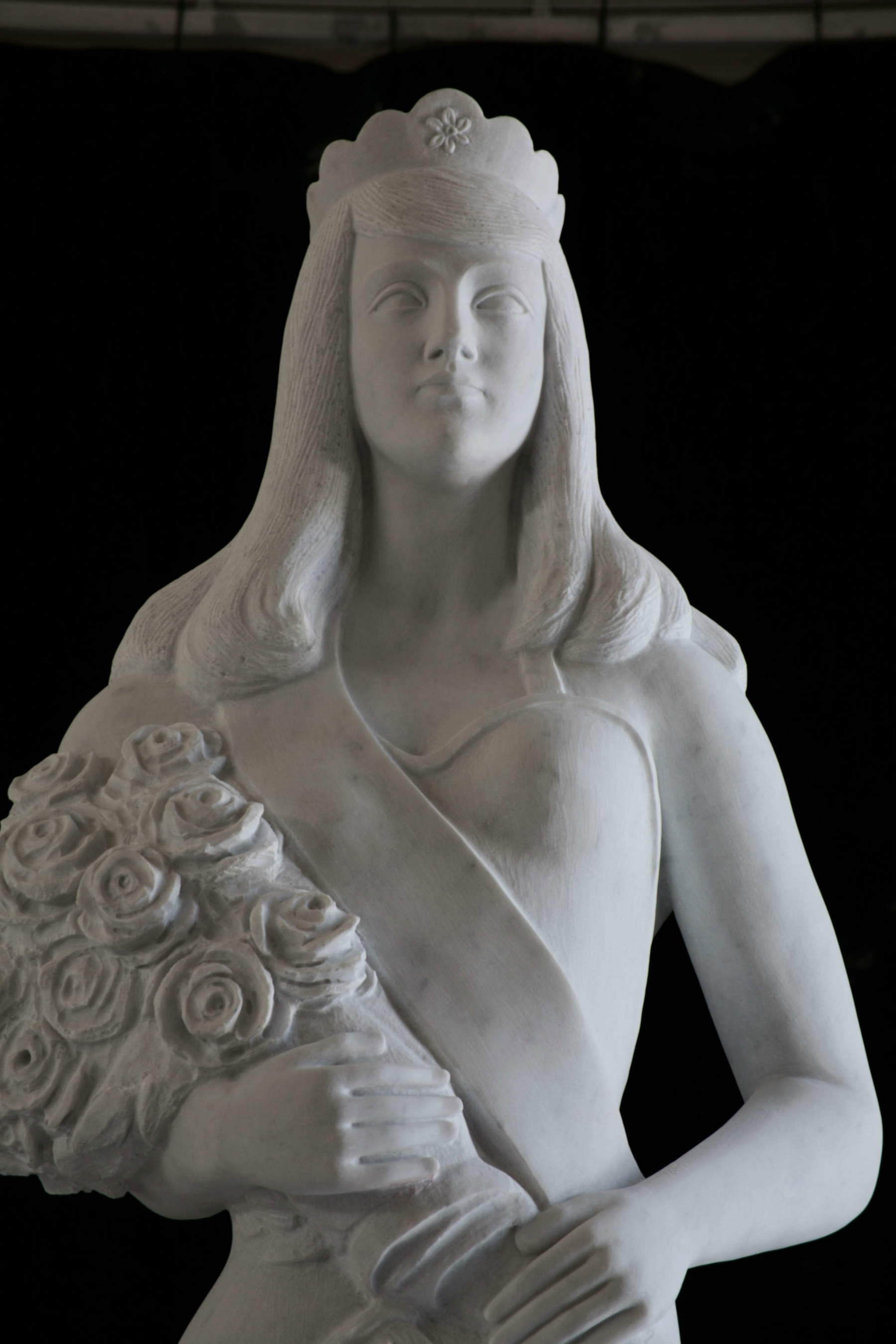
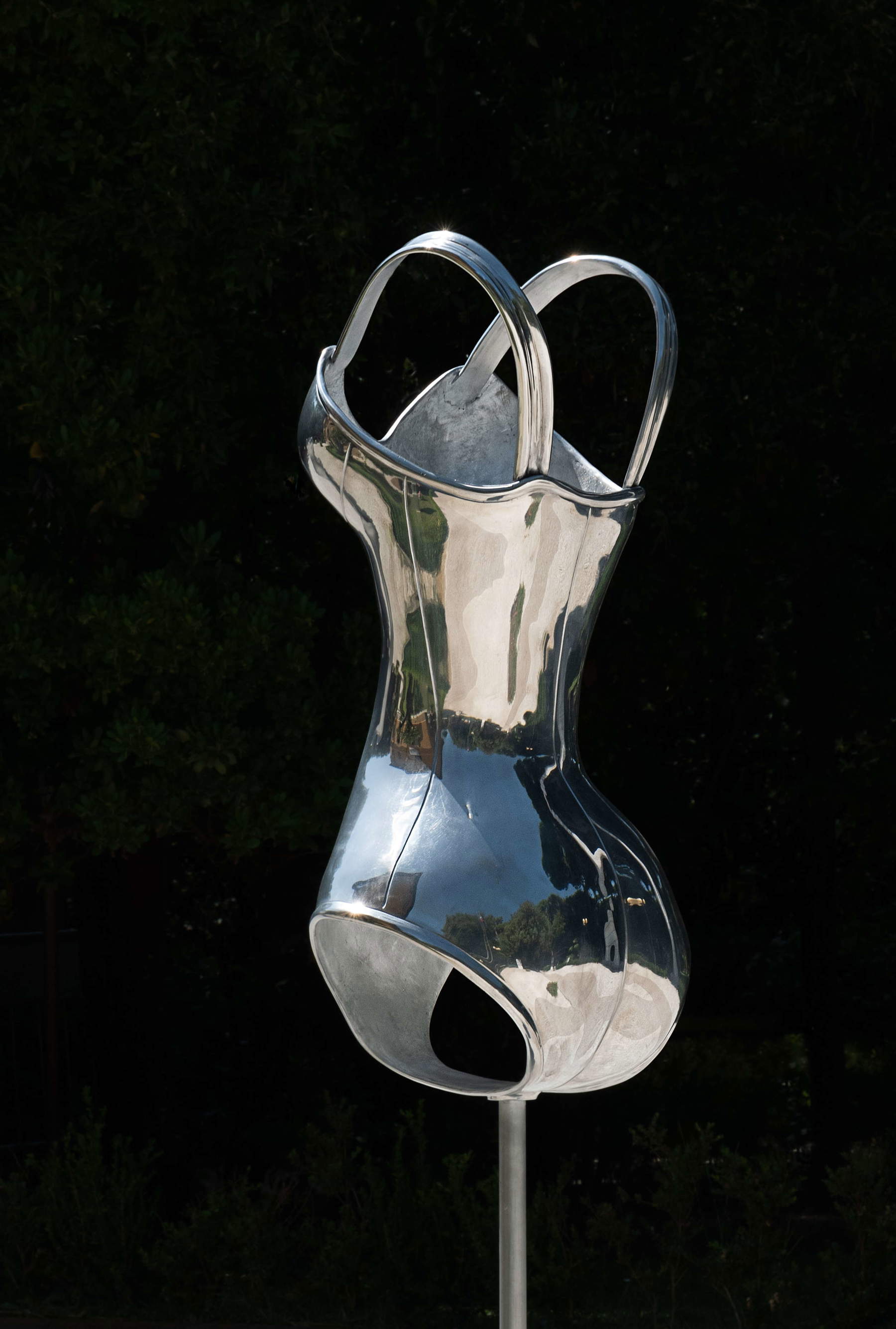
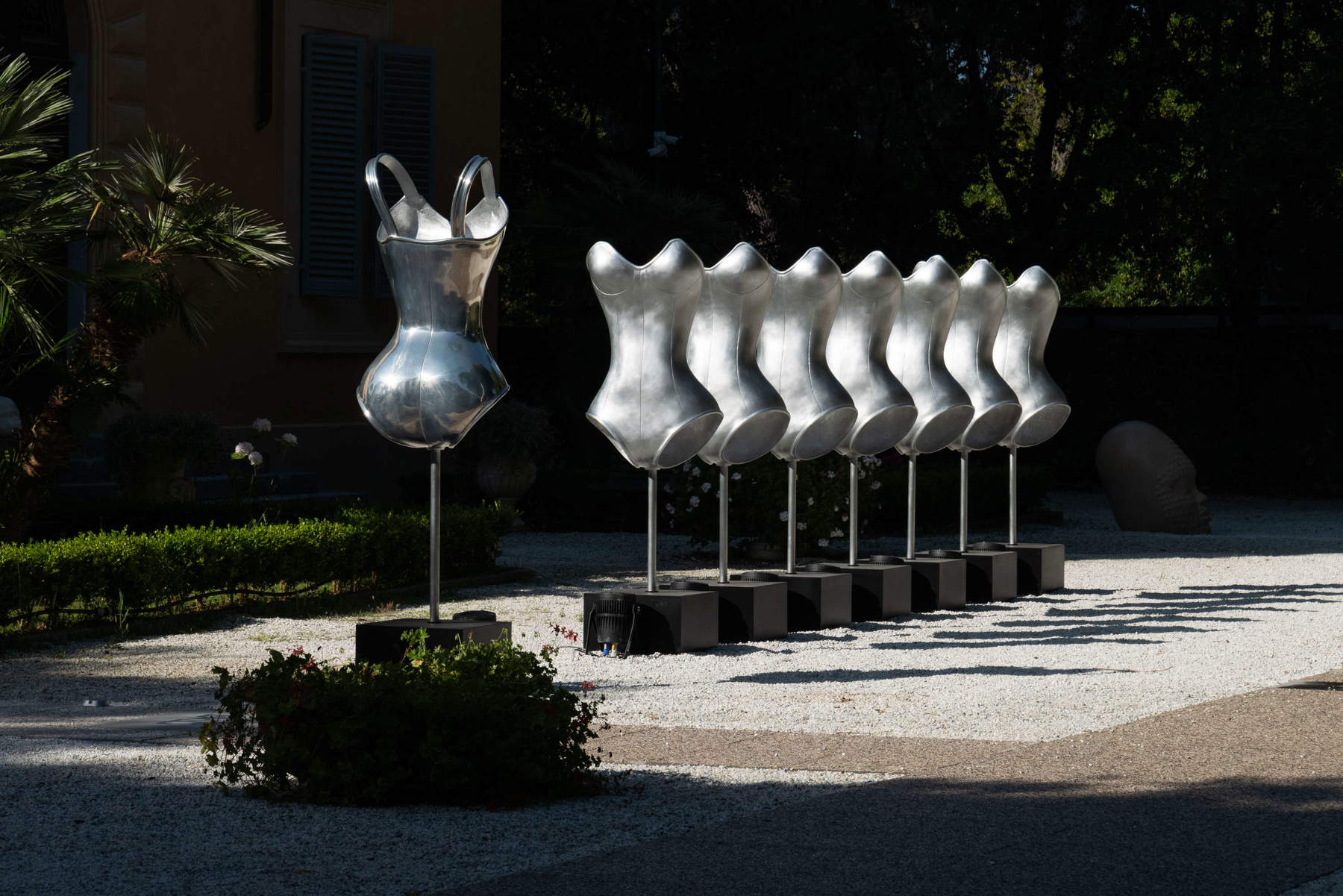
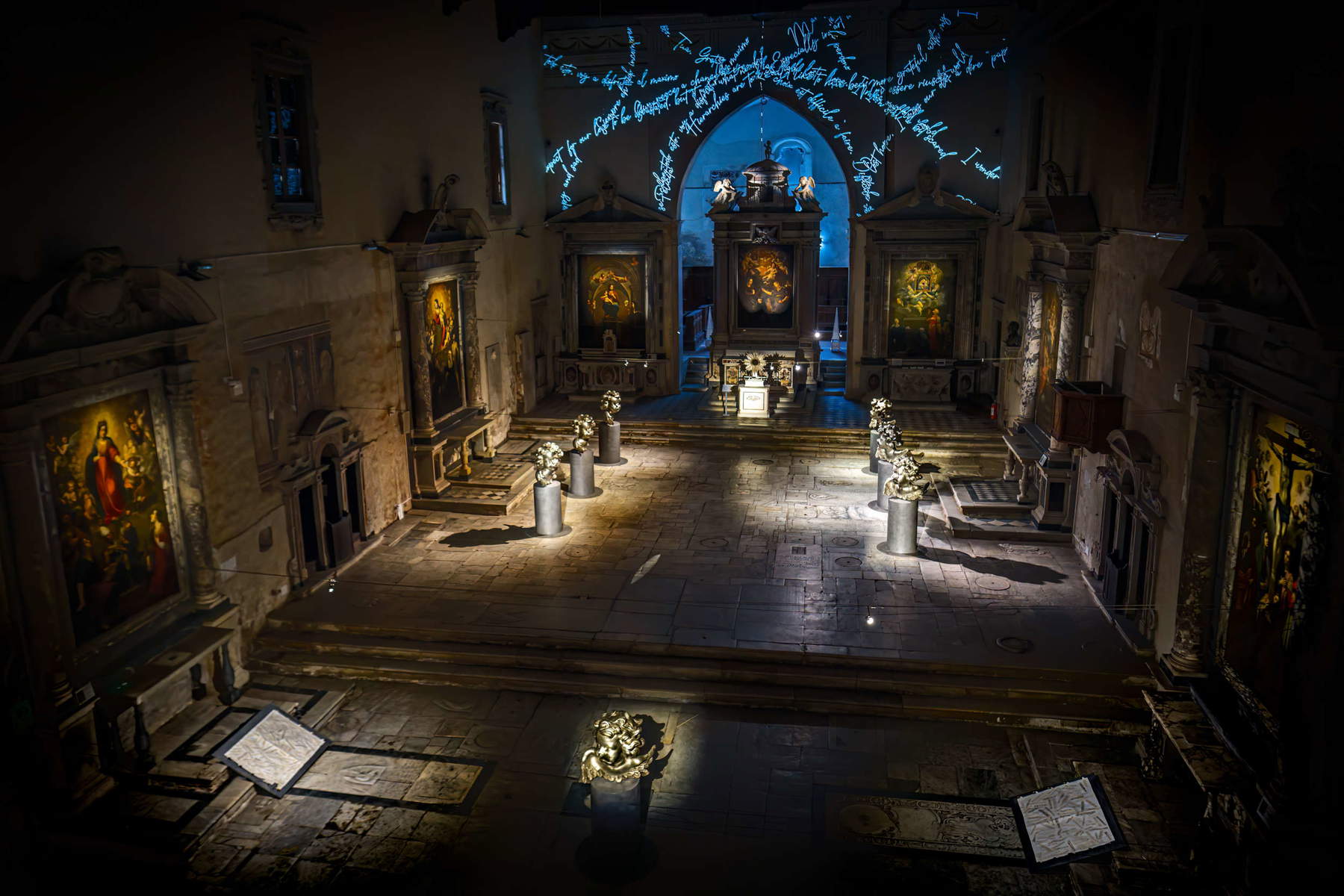
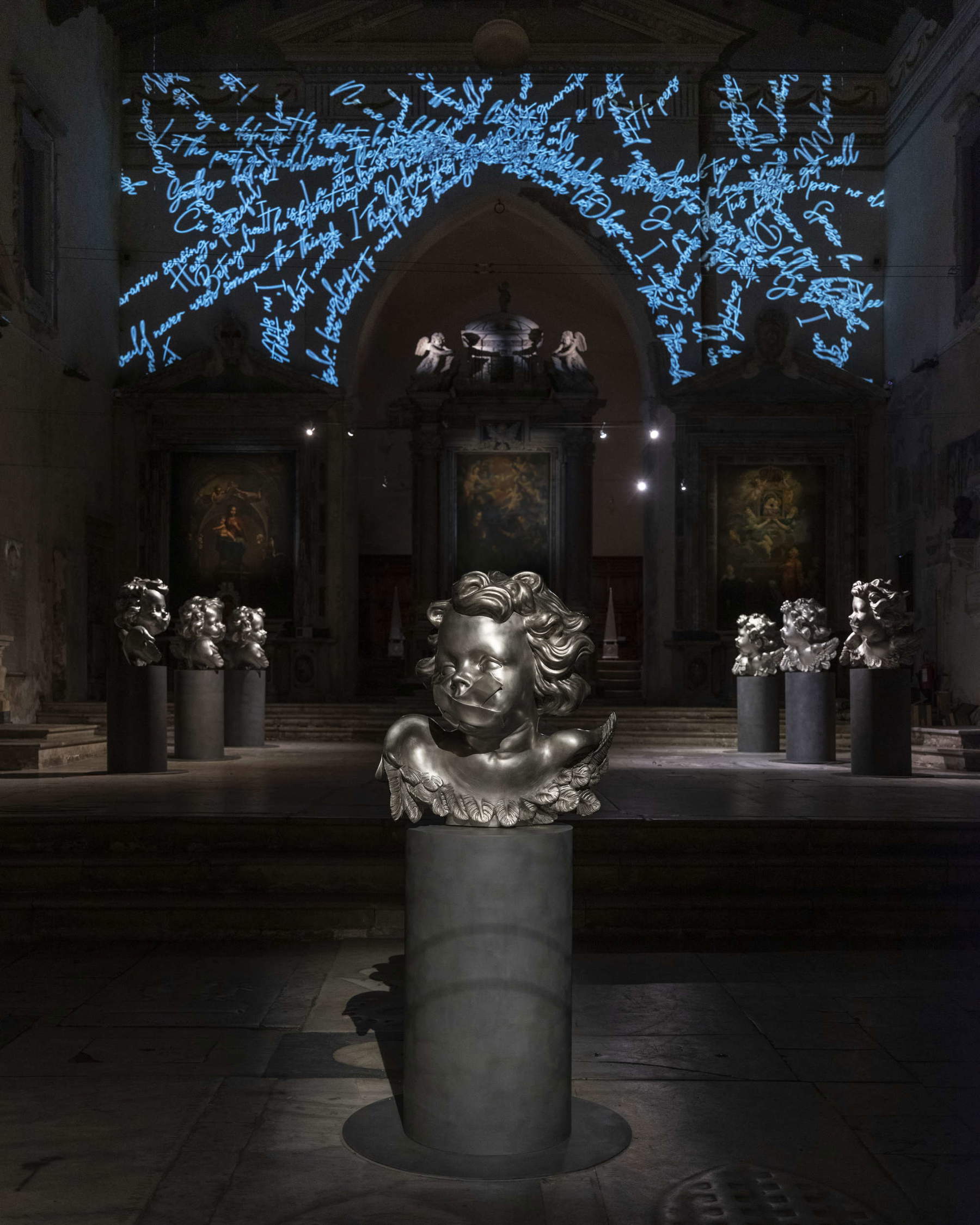
How does your reflection on the impact of technology and cosmetic medicine on the perception of beauty and the memory of natural forms find expression in your representation of the fragmented body?
I am inspired by feminist voices like Naomi Wolf who have investigated society’s obsession with beauty as a form of social control. In my Body Armor series, I created larger-than-life bronze bathing suit sculptures shaped like idealized female bodies. The exaggerated curves reflect the pressures placed on women to meet impossible beauty standards, while the armor points to the inherent strength we embody. Through this work, I questioned: what do we lose in the endless pursuit of physical perfection, and how can we reclaim our power within systems that seek to contain us?
What themes do you plan to explore in the future to further expand your artistic language?
As an artist, I stay focused on what I notice in life, the tension between what’s natural and what’s manufactured, what’s real and what’s hyperreal. That thread keeps unfolding in unexpected ways for me, and that unpredictability is part of the language itself.
Warning: the translation into English of the original Italian article was created using automatic tools. We undertake to review all articles, but we do not guarantee the total absence of inaccuracies in the translation due to the program. You can find the original by clicking on the ITA button. If you find any mistake,please contact us.